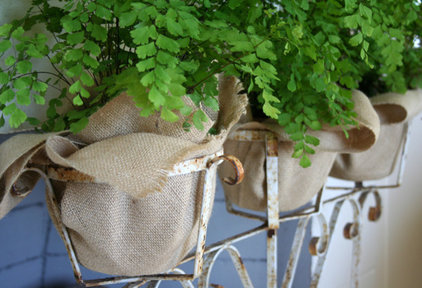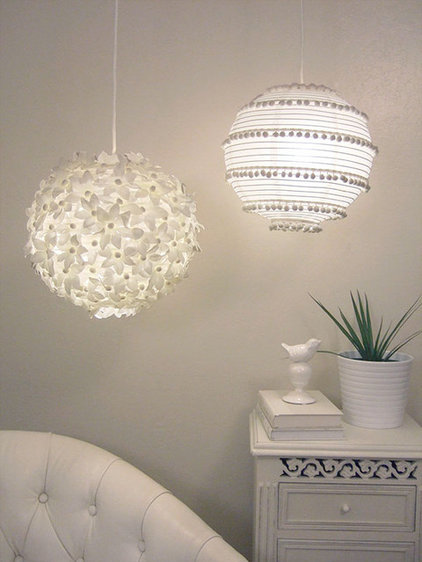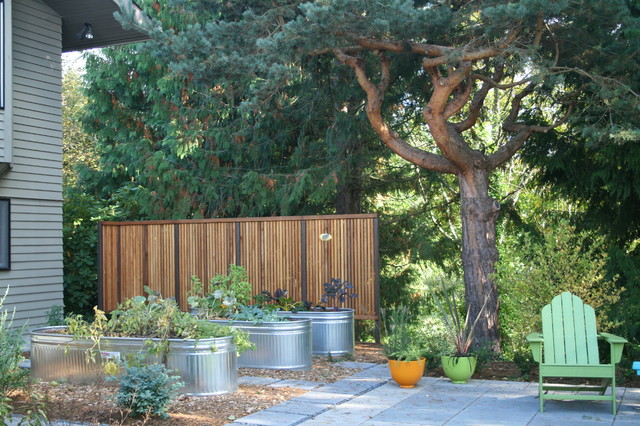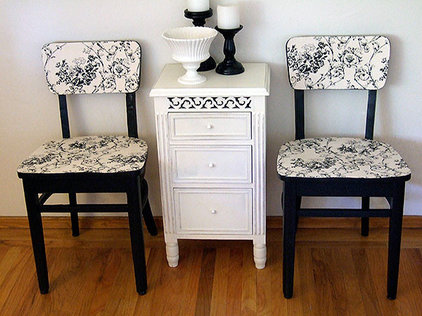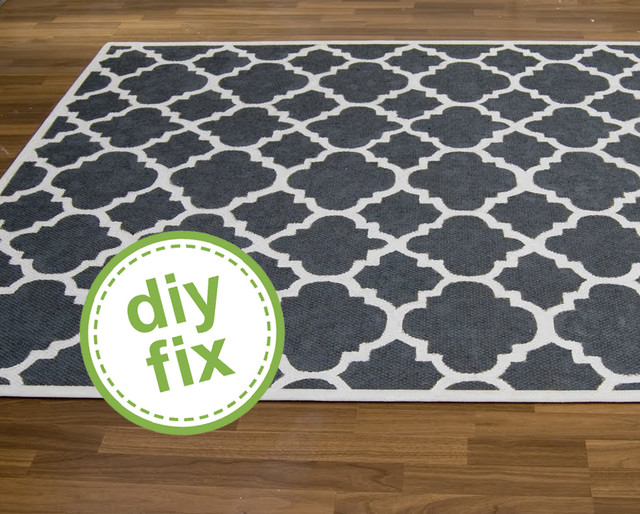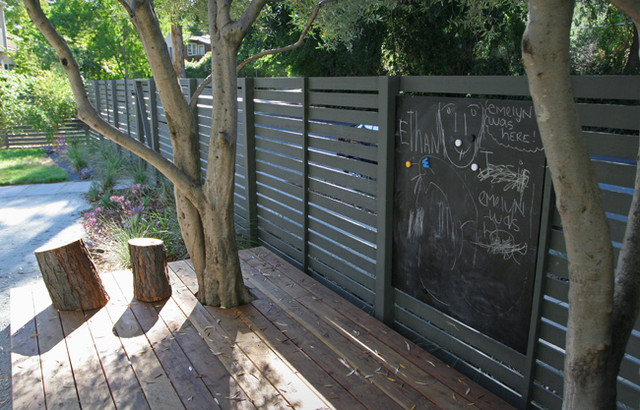 With the holidays and New Year right around the corner, now is a
great time to start sprucing up your home for the arrival of your
family and guests. Whether it’s a remodeling project, landscaping
upgrade, or an interior renovation, these 5 quick and easy tips will
help get your home ready for the holiday festivities.
With the holidays and New Year right around the corner, now is a
great time to start sprucing up your home for the arrival of your
family and guests. Whether it’s a remodeling project, landscaping
upgrade, or an interior renovation, these 5 quick and easy tips will
help get your home ready for the holiday festivities.1) Keep Your Guests Warm and Your Energy Bill Low
Keeping your family and friends comfortable and warm is a priority when having guests over during the holidays. Adding some caulking or weather strips around drafty windows can help keep the heat inside your home. Also, upgrading your heating system to a new energy-efficient model can make a large difference in your energy bill this season.
2) Landscaping & Entry Way Touch-Ups
Although the holidays may bring your family and friends indoors for celebration, your front yard and entrance way will be the initial things your guests will notice. Make a lasting first impression by planting flowers that bloom in the winter such as camellias, holly, and snow drops. This is an easy landscaping solution that will add color and shape to your front yard. Investing in a new front door or touching up the exterior trim with a fresh coat of paint are quick and easy ways to enhance the entry way.
3) New Paint Job
A new coat of paint is a quick, easy, and cost effective way to brighten up a guest room or family room this season. Top winter paint shades are rich cedars and muted grays and whites.
4) Upgrade Your Kitchen
Since the holiday season is largely focused on food, you and your guests will be spending a lot of time in your kitchen. Updating old knobs and pulls on your kitchen cabinets is an inexpensive way to update the look of your kitchen. Adding in a new faucet is an easy DIY project and a great way to add some shine to your kitchen.
5) Get Organized
Organize all the items that may have accumulated throughout the year and start making space for all the new things you will be getting during Black Friday, Cyber Monday, and the holidays by installing a cabinet or a simple shelving unit in your garage or storage room.
To order your copy of Remodeling Hell, CLICK HERE
For more information about Remodeling Hell, CLICK HERE
For more information about the Summit Murder Mystery series, CLICK HERE
Follow me on TWITTER
Friend me on FACEBOOK
Follow me on PINTEREST


